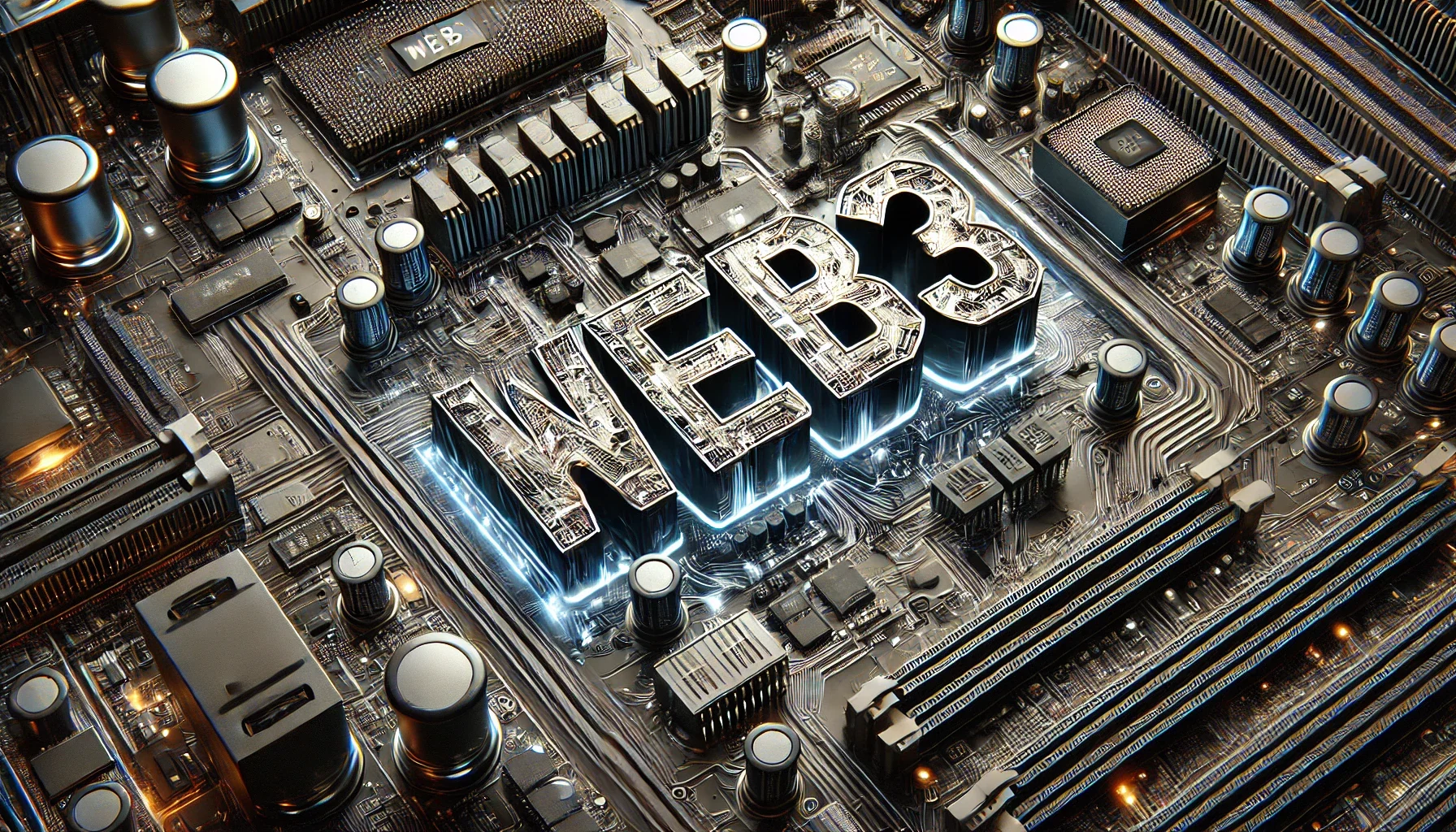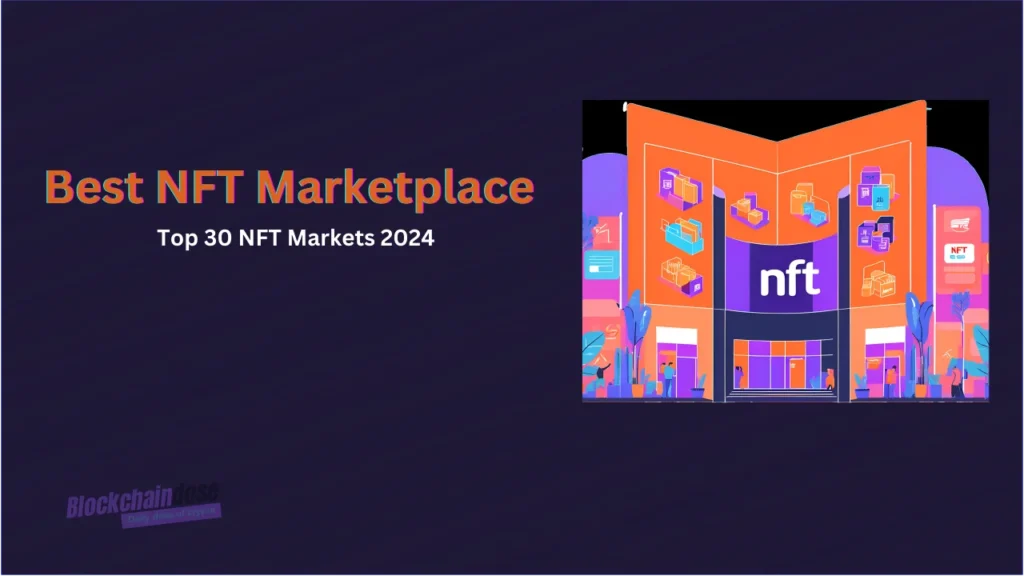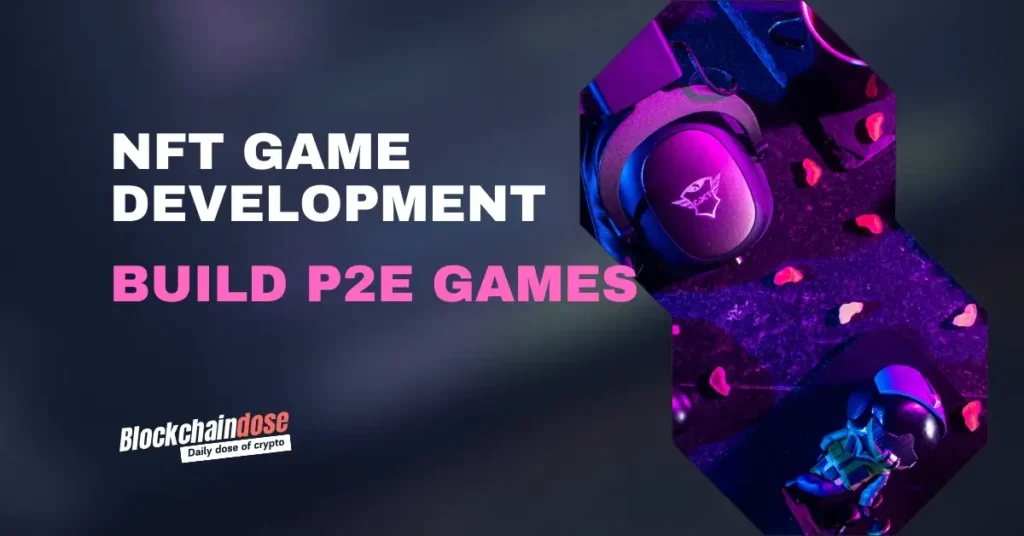Did you know that over 8.5 billion internet searches are made every single day? The internet has become an integral part of our lives, but did you know it’s also evolving? First came Web1, static, read-only websites where you could only browse but not interact. Second came Web2, a version of the Internet that came with social media, where platforms controlled our data while we generated content. Now, the 3rd generation of Web, Web3.
Imagine an internet where you own your data. An internet where your online identity is entirely under your control, and no centralized authority can take it away. This is the promise of Web3—the next frontier of the digital world.
Bill Gates, the billionaire businessman, once said, “The internet is becoming the town square for the global village of tomorrow.” Yes, the Internet, or more precisely Web3, will be the future town square.
Let’s dive deep into how Web3—fueled by blockchain, crypto, and decentralized technology—is transforming the way we experience the online world.
What is Web3?
In the simplest of terms, Web3 is defined as the third evolution of the Internet. It’s where the control of the Internet and data within it shifts from behemoth-sized tech companies back to the small user.
Web3 comes as the new replacement for Web2. In Web2, behemoth corporations control user data and its supply. Every single time you search on the web, a piece of your info is sent to some centralized companies.
In this new evolution of the internet, centralized platforms, including Google and Facebook, lose the large control they have been enjoying. As such, the average user can control their data, interacting directly without the need for an intermediary.
Web3 is a version of the internet controlled and operated by its users and not large corporations.
But how does Web3 connect to crypto?
Web3 and cryptocurrency are deeply intertwined—cryptocurrencies leverage blockchain, the same technology that powers Web3. Blockchain and cryptos enable Decentralized Finance (DeFI), and Web3 also powers decentralized applications (dApps).
What Makes Up Web3 Technology?
As a transformational technology for the Internet, Web3 leverages multiple components and elements to attain proper privacy and decentralize the ownership and control of data. Here are a few major aspects of Web3:
Decentralization
Unlike the first and second iterations of the Web, Web3 operates on decentralized networks. This means there’s no need for middlemen or centralized authorities, allowing peer-to-peer interactions. In Web3, greedy tech giants will not control data—instead, people interact directly with each other.
Blockchain Technology
At the heart of Web3 is blockchain, the distributed ledger technology that ensures transparency and security. On the blockchain, all records of transactions and interactions are kept transparently, preventing any tempering.
Smart Contracts
Smart contracts are self-executing agreements written in code that run on the blockchain. They automatically enforce the terms of a contract when specific conditions are met. This enables trustless transactions without needing a third party, reducing costs and increasing efficiency.
Ownership and Digital Identity
As mentioned earlier, Web3 is decentralized. This means the various aspects of the Web, including data ownership and digital identity, are owned by the user through cryptographic keys. As such, you enjoy full control over your personal data, content, and digital currencies. Assets like NFT allow users to own and trade unique digital assets, whether it’s art, music, or other digital collectibles.
Cryptocurrencies
At the heart of Web3 technology is a special class of assets used for payments: Cryptocurrencies. These digital currencies, like Bitcoin and Ethereum, provide a platform where investors, users and participants of Web3 can transfer value from one account to another. They also play a key role in governance, allowing token holders to vote on protocol changes.
Interoperability
Web3 emphasizes the ability to connect different decentralized apps (dApps) and blockchain networks. This interoperability enables smoother user experiences, allowing assets and information to move freely across platforms without restrictions.
Autonomous Organizations (DAOs)
Decentralized Autonomous Organizations (DAOs) are a revolutionary aspect of Web3. DAOs allow groups to self-govern through smart contracts and collective voting. Members of a DAO can propose, vote on, and implement decisions in a transparent, decentralized way.
The Use Cases of Web3
Since its birth with the introduction of blockchain technology, the concept of Web3 has amassed multiple use cases, as highlighted below:
Decentralized Finance (DeFi)
Decentralized Finance (DeFi) reimagines traditional financial systems by removing middlemen like banks and financial institutions. With DeFi platforms, users enjoy various financial activities, including borrowing, lending, trading and earning interest directly from peer-to-peer interactions via smart contracts.
The use of blockchain tech enables transparent, trustless and accessible systems in DeFi, hence enabling banking for the large unbanked and underbanked population. Moreover, DeFi protocols often run 24/7, providing instant access to liquidity and financial instruments without requiring traditional market hours.
The decentralization of Finance gave birth to more opportunities for innovation in insurance, asset management and even synthetic assets.
Non-Fungible Tokens (NFTs)
Another class of assets, Non-Fungible Tokens (NFTs) have been taking the digital space by storm. This segment of Web3 tech offers a new frontier for entertainment, art and digital ownership.
Their unique and irreplicable nature makes these tokens a very good tool for proof of ownership of digital assets, be it digital art, music, videos, or virtual real estate. Artists can mint and create their works as NFTs and sell them on decentralized marketplaces, enjoying a new stream of revenue.
Beyond art, NFTs have also earned applications in other industries, including gaming, where they represent in-game assets, items, characters and virtual land. NFTs pave the way for tokenized ownership of real-world assets like property, allowing fractional ownership and liquidity that were previously difficult to achieve.
Gaming and Virtual Worlds (Metaverse)
The concept of play-to-earn and virtual worlds will also thrive in 2024, owing to the backing of Web3. In Web3 games, players can earn real money in the form of crypto and NFTs as they progress through the game.
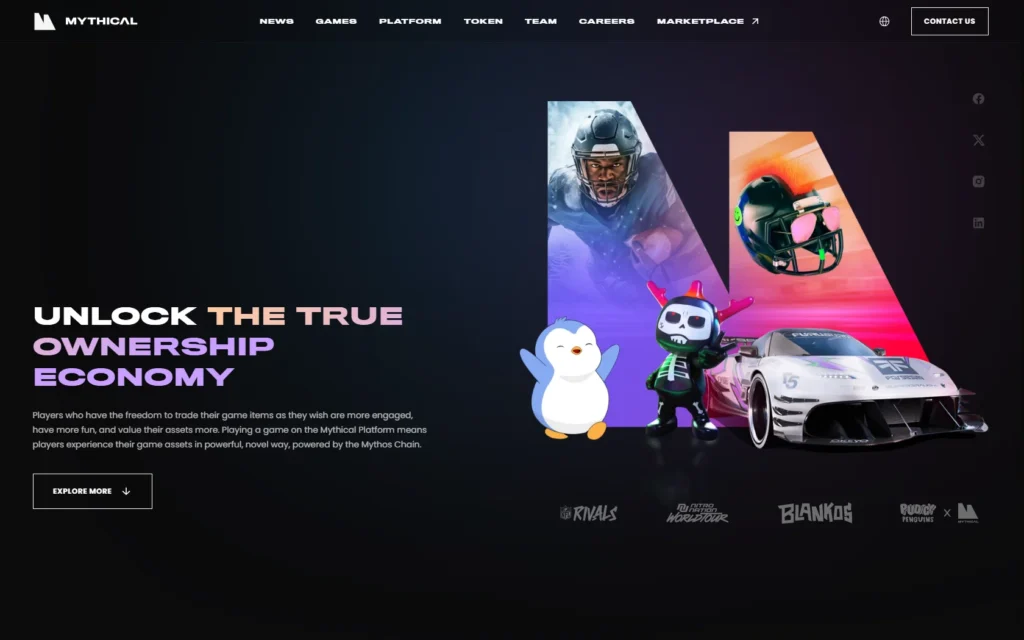
Moreover, Web3 enables decentralized ownership and interoperability between these virtual environments, which could create unprecedentedly interconnected digital experiences.
Due to the powers of Web3, the assets can be traded, sold and used across various platforms.
Decentralized Autonomous Organizations (DAOs)
DAOs refer to a new way of governing organizations. Traditionally, organizations rely on centralized leadership when making decisions. DAOs bring a new twist: community-driven governance.
Members of decentralized autonomous organizations often hold tokens and, as such, get a chance to vote on governance proposals. By incorporating DAOs, Web3’s pillar of transparency enjoys more robustness.
Social Media and Content Creation
The social networking space is also a good beneficiary of the Web3 landscape. Amidst the ongoing centralization of monetization and content ownership, Web3 brings a new model where creators are empowered through decentralized content platforms.
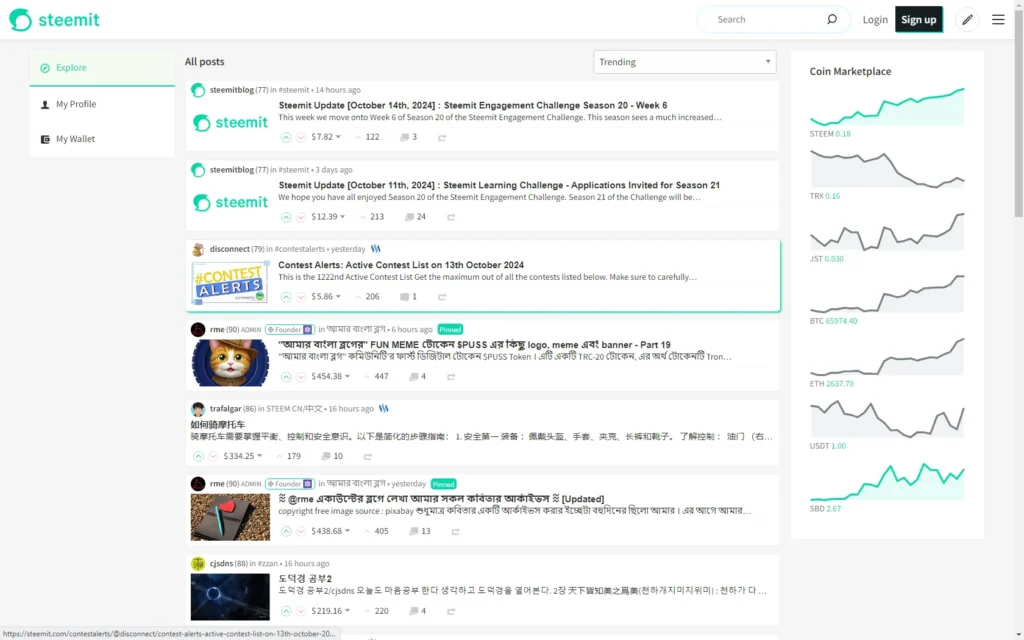
The use of blockchain tech ensures that creators enjoy top ownership of their content and its distribution. You now need to deal with and directly earn from your audience through crypto payments, NFTs, or tokens. Web3 also bolsters the freedom of speech and data sovereignty within the social media space.
Other Use Cases
Of course, those are just a few major use cases of Web3. However, this technology is continually gaining application in a world of industries, including:
- Supply chain and provenance of authenticity
- Digital identity and sovereignty of data
- The healthcare space
- Decentralized cloud storage and computing
- Tokenization of real-world assets.
Challenges Facing Web3 Crypto
Web3 intends to completely reshape the direction of the internet in the future. This technology has the potential to redefine how we work and interact socially. The emergence of decentralized networks provides a platform where people can enjoy new job opportunities and creators are empowered.
Moreover, Web3 affords new opportunities for innovation. It Is fertile ground for new futuristic business models and technological advancements. The removal of intermediaries and the encouragement of transparency have opened opportunities for peer-to-peer interactions.
Despite truly providing opportunities in different industries, the web3 expansion is lagging as a result of the challenges listed below:
- Scalability issues — The existing blockchain infrastructures have been struggling to handle large numbers of transactions quickly and efficiently. This brings a significant hurdle for mass adoption since platforms suffer slower processing times and costly transactions.
- User experience (UX) — During the early days, most Web3 platforms suffered complexities, especially with unfriendly interfaces. As such, non-technical and new users struggled to join this ecosystem.
- Regulatory Concerns: The regulatory landscape around Web3, particularly concerning crypto assets and decentralized Finance (DeFi), remains uncertain.
- Environmental Impact: Blockchain technology, especially crypto mining, has faced criticism for its environmental impact. Proof of Work (PoW) systems, used by many cryptocurrencies, consume large amounts of energy.
The Benefits of Web3 Crypto
Of course, with its promise to redefine the internet, Web3 brings many benefits to users, including creators, institutions and stakeholders. These benefits include:
- Data ownership and privacy
- Censorship resistance
- Direct value exchange and monetization
- Transparency and trust
- Decentralized finance (DeFi) access
- Interoperability across platforms
- Democratized governance
- Enhanced security
- Innovation and new business models
- Global Inclusion
Conclusion: Embracing the Future With Web3
Our guide dug deep into the concept of Web3 and its realization in today’s internet. Despite being a little over ten years old, the Web3 philosophy is already growing, attaining speedy adoption across various industries.
Web3 is no longer just a buzzword—it’s the future of the internet. By shifting control from centralized giants to users, Web3 is bringing more democracy, transparency and user empowerment to the digital space. Its use of blockchain technology, DeFI, smart contracts, and NFT helps Web3 unlock massive opportunities for P2P interactions.
Still, challenges like scalability and regulatory concerns have been hampering Web3’s growth. However, the potential benefits of Web3—including enhanced security, innovation, and new business models—are undeniable.

